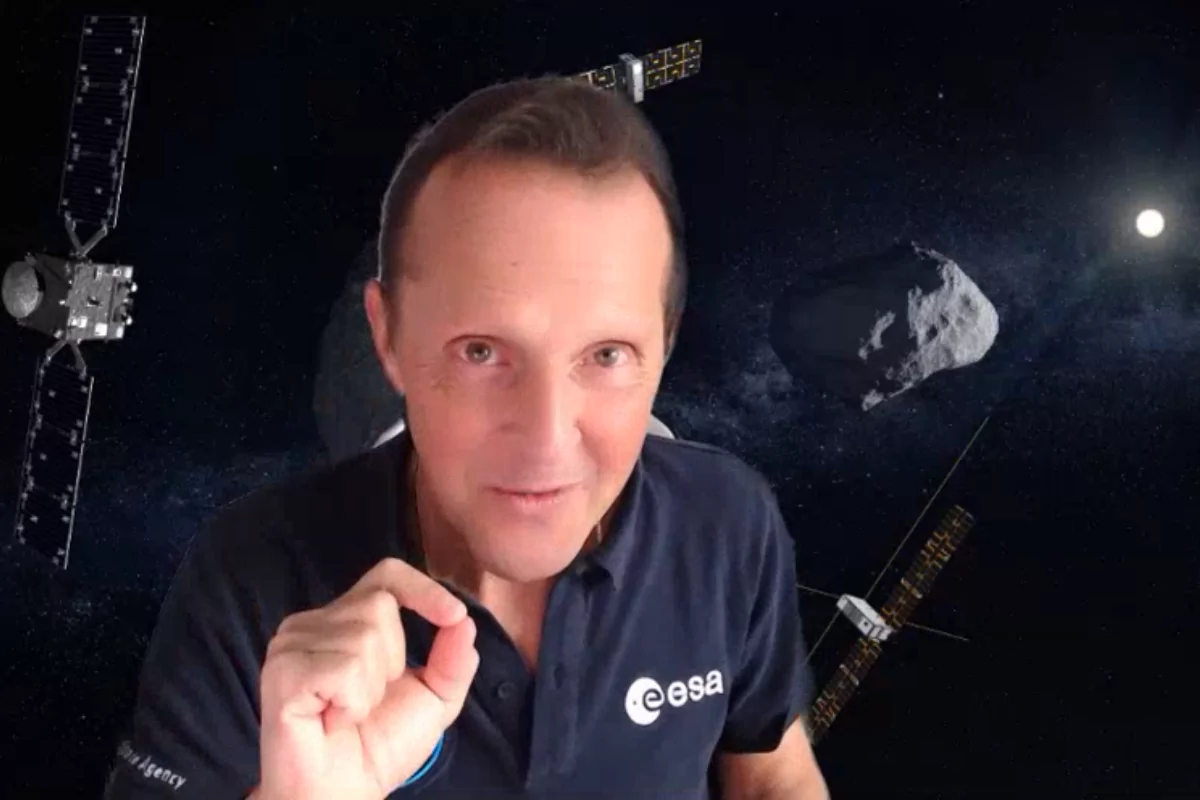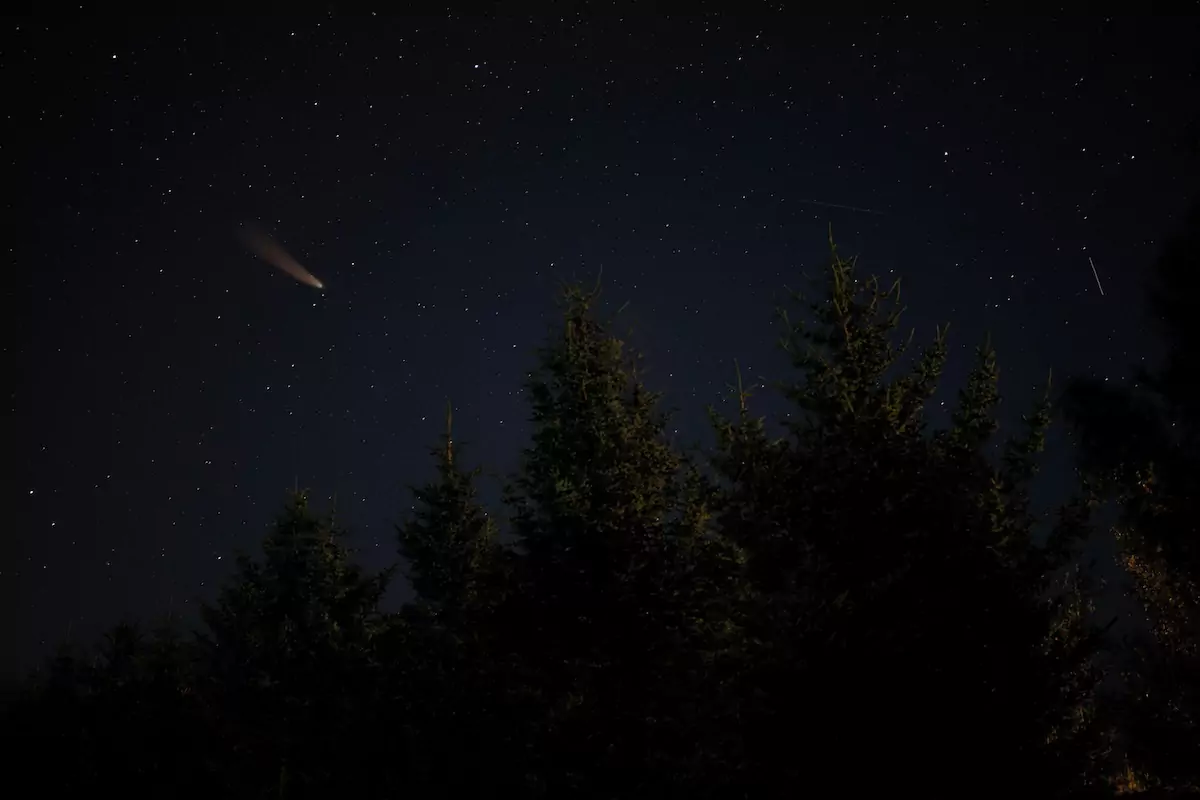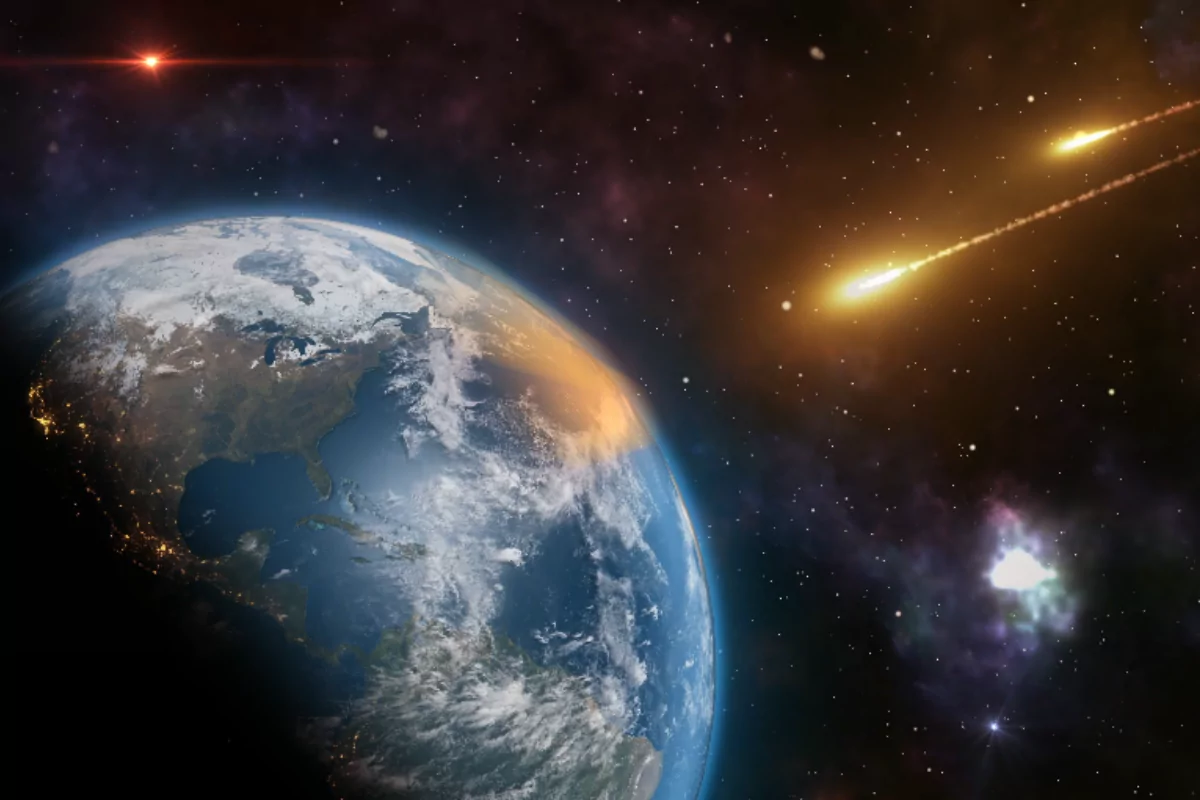In a once-in-a-millennium event, Asteroid Apophis is set to pass closer to Earth than some satellites on 13th April 2029, and Monaco will have a front-row seat to the cosmic spectacle. The 370-metre-wide asteroid will be visible to the naked eye as it streaks across the sky, marking the closest recorded flyby of an asteroid of its size. Monaco Life spoke to Patrick Michel, the director of research at the National Center for Scientific Research (CNRS) in France, to learn more about this exciting phenomenon.
First discovered on 19th June 2004, Apophis was initially identified as a potential impact threat, with early calculations suggesting a 2.7% chance of collision with Earth in 2029. Named after the Egyptian God of Chaos, the asteroid sparked intense concern in the scientific community. Further observations refined its trajectory, eliminating the 2029 threat, but raising concerns for 2036 and 2068.
By 2021, improved radar tracking allowed NASA and other space agencies to rule out any impact risk for at least 100 years, putting to rest fears of a catastrophic collision. However, Apophis remains an object of fascination due to its proximity and the opportunity it provides for scientific research.
European Space Agency’s mission to Apophis
“This is a rare event that gives us an incredible opportunity to study how Earth’s tidal forces might alter the asteroid’s structure. That’s why we are sending a mission with the European Space Agency—to arrive before the encounter and measure any changes that occur during its passage,” Patrick Michel, the director of research at France’s National Center for Scientific Research (CNRS), told Monaco Life.

In response to this extraordinary event, the European Space Agency (ESA) is launching RAMSES, a mission set for 2028 that will study Apophis before and during its close encounter with Earth. Scientists will use the flyby to observe how Earth’s gravity affects the asteroid’s structure and trajectory.
Beyond the scientific advancements, the mission will provide breathtaking live footage as Apophis makes its historic pass.
“The last time we saw something comparable was when the Apollo astronauts first landed on the moon—people watched the event on television while looking up at the moon in the sky. Now, we will have a similar experience. The public will be able to see the asteroid with their own eyes while also following live images and footage that will enhance this once-in-a-lifetime moment,” Michel explained.
A year of asteroid awareness
Recognising the significance of Apophis’ flyby, the United Nations has designated 2029 as the Year of Asteroid Awareness and Planetary Defence. Scientific institutions along the French Riviera, including those in Monaco and Nice, are already planning public events to celebrate this astronomical milestone, though specific details have yet to be announced.
With its position along the Mediterranean coastline, Monaco will offer one of the best vantage points to observe Apophis as it soars past Earth, bringing astronomy to the forefront for both residents and visitors.
No threat, but science is ready
Although Apophis will pass remarkably close to Earth, there is no cause for concern, and Michel, who also serves as Scientific Director of the Hera Mission for the Côte d’Azur Observatory, reassured Monaco Life that asteroid deflection technologies are already being tested to prepare for any future threats.
“We recently tested deflection technology on an asteroid just 150 metres wide—one that posed no threat to Earth—but we proved that the method works. Now, it’s simply a matter of time and energy: we need to identify any future impact risks early enough to deploy the appropriate resources,” Michel explained.
Rather than worrying about disaster, Michel encourages people to marvel at the event.
“There’s no known threat at the moment, but we’re making sure we are prepared if one ever arises. So, there’s no reason to be worried. In fact, it’s something to be happy about—because there are people like us working to keep the planet safe before anything happens,” he said.

A personal connection to the stars
As one of the world’s leading experts on asteroids, Michel has not only contributed significantly to the planetary defence sector, but has also had an asteroid named in his honour. In return, he has named two non-threatening asteroids after places close to his heart—one after his hometown of Saint-Tropez and another double-asteroid after the city of Nice.
For Monaco and the Riviera, Apophis’ journey presents an unparalleled opportunity to witness the wonders of the universe up close. Whether through scientific discovery or sheer cosmic spectacle, 13th April 2029 promises to be a night to remember.
With its position along the Mediterranean coastline, Monaco will offer one of the best vantage points to observe Apophis as it soars past Earth, bringing astronomy to the forefront for both residents and visitors.
Monaco Life is produced by real multi-media journalists writing original content. See more in our free newsletter, follow our Podcasts on Spotify, and check us out on Threads, Facebook, Instagram, LinkedIn and Tik Tok.
Written by Kyriaki Topalidou, with editing by Cassandra Tanti
